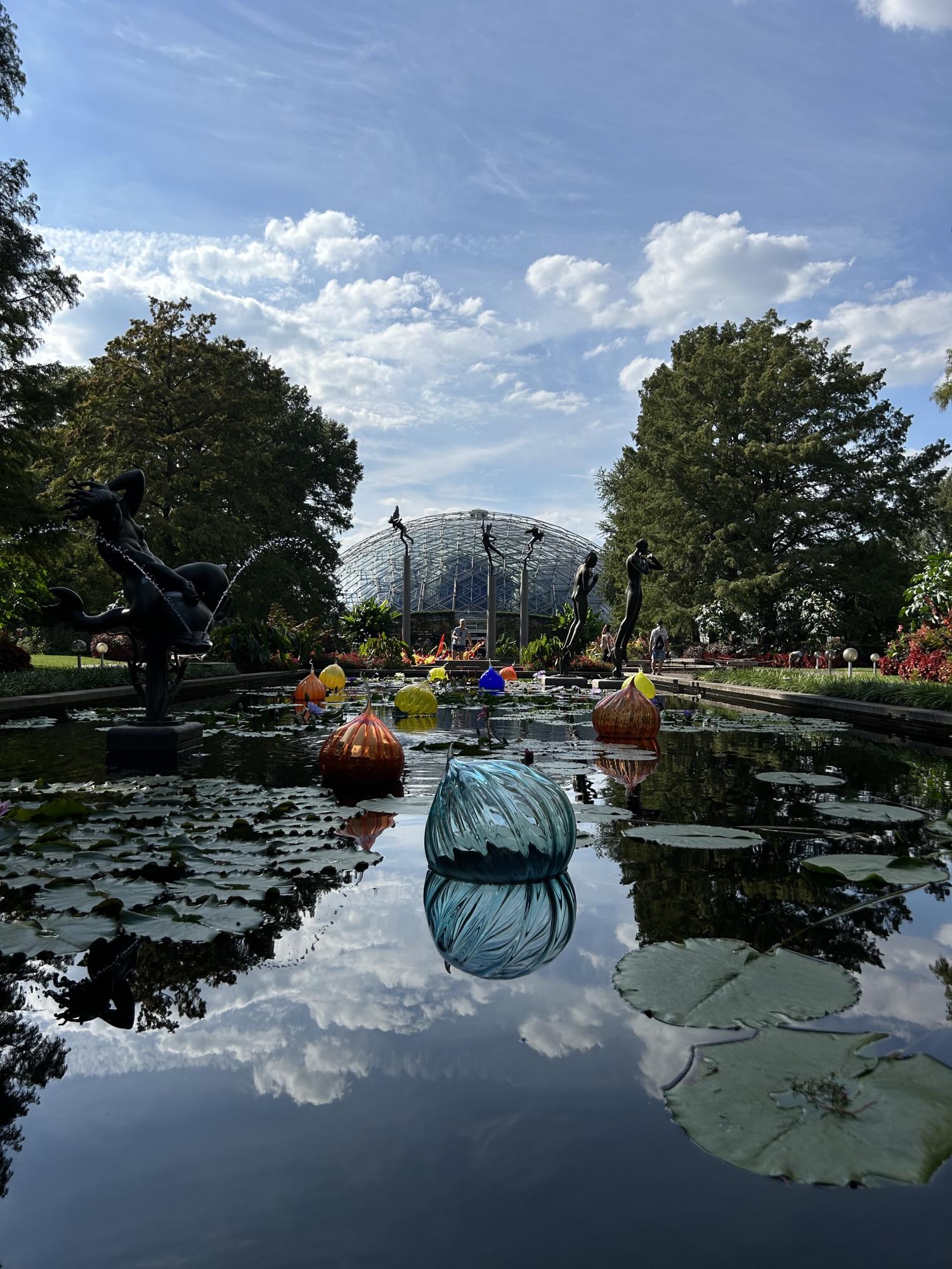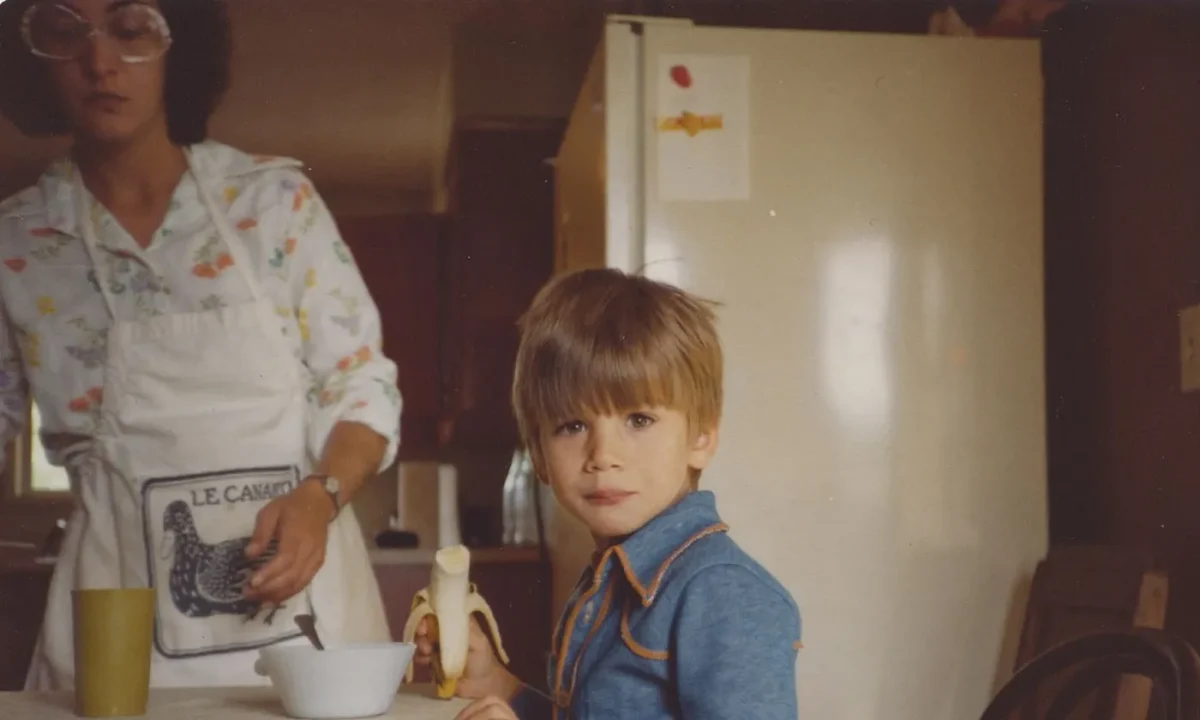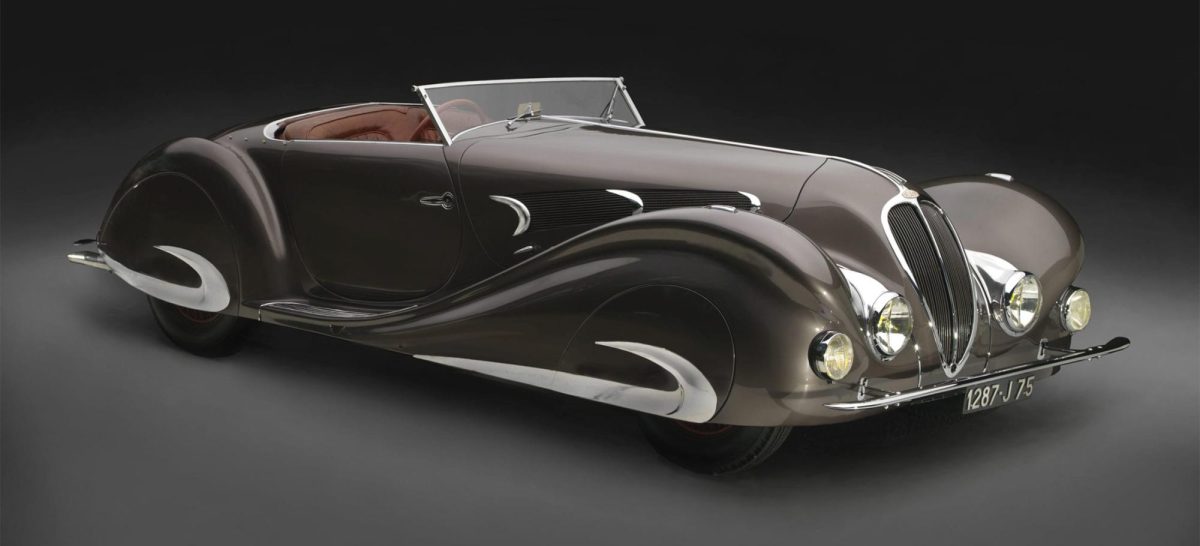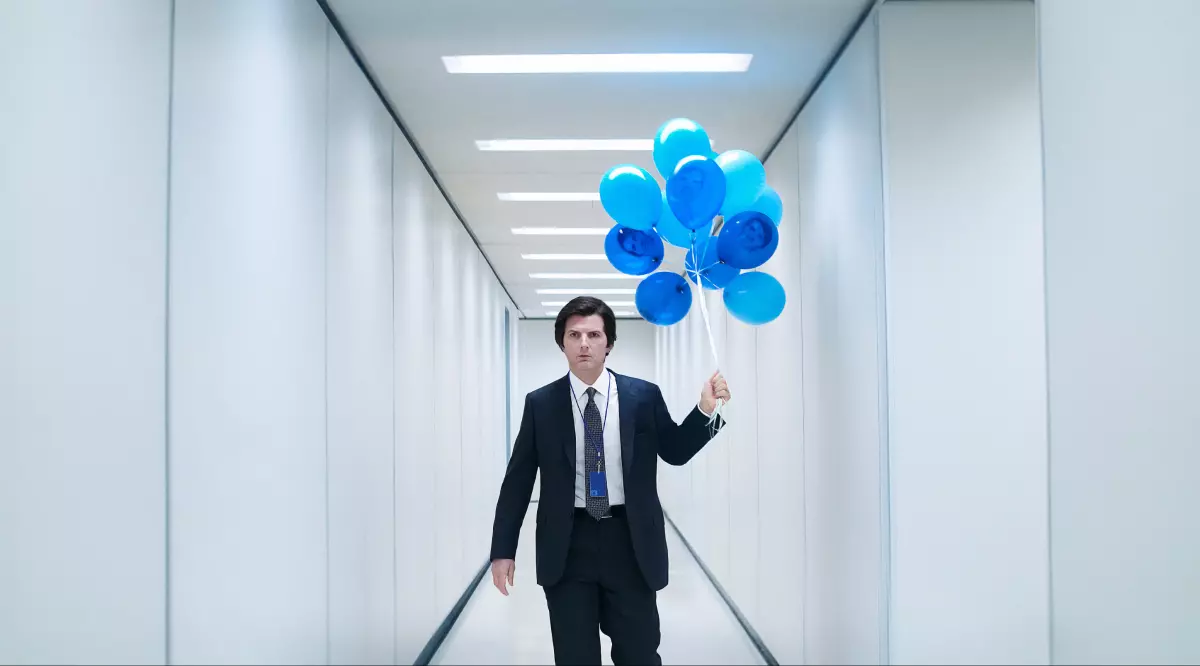Since May, the Missouri Botanical Garden has presented St. Louis residents with a unique opportunity: viewing the works of renowned glass-blowing artist Dale Chihuly amidst the splendor of summer verdure.
Twenty installations, varying from vibrant blossoms dozens of feet tall to reflective orbs sprawled across the Garden’s numerous ponds, populate the park’s standard attractions, and this pairing constitutes an apt fit for Chihuly’s Neo-Platonic masterpieces. His works on display capture nature in motion. Rather than exacting realism upon glass, a notoriously difficult substance with which to work, he induces a sense of malleability and beauty which he derives from nature itself, thereby abstracting form from its substance.
On Friday and Saturday nights, visitors have been given the chance to view these works illuminated in spectacular fashion amidst the darkness that shrouds the dimly lit garden. While this furthers the brilliant experience of the spectator’s gaze, it also detracts from the true artistry in Chihuly’s presence in the garden.
In viewing the works during the day, one is simultaneously immersed in the gravity of Chihuly’s sculptures and the fragrant vitality of the life that surrounds them.
The two seem to feed off of each other: the sculptures reflect the garden’s aura in resplendent fashion and the vibrant plants receive this energy in turn, reflecting their own tender fragility in the looming presence of carefully shaped glass.
Yet, Chihuly somehow infuses his works with an air of intense durability, and this furthers the relationship between the art and its environment.
Chihuly’s sculptures, in as much as they appeal to this artistic relationship, work on a subliminal level in the spectator’s mind. Rather than a realistic depiction of the wonders of botany, the exhibit instead attempts to present the looming thread of kinetic energy which runs through and beneath the broad entity of the garden–they represent what one experiences, not what one sees.
Among the works present are two towering sculptures of twisting, tendriled glass, both of which are surrounded at the base by angular-foliaged shrubs which lend a sense of climax to their centerpiece.
In the Japanese Garden, roughly a dozen blue herons sprout from the shaded pond, their sleek and flourishing bodies reclining into majestic stances.
However, true magnificence spills forth in the Climatron, where a dazzling column of azure and white tendrils dangles from the highest point of the dome, standing in stark contrast to the metallic green of the structure’s support. Enclosure brings one in close contact with the relationship between the sculptures and the tropical plants that fill the Climatron, and smaller works dot the winding path.
While the immense caution and industrious skill that glass-blowing requires may differ from the patience and precision that botany entails, both practices attempt to mold things which resist their artist’s hand. Yet, in their juxtaposition, the relationship between the two is exacerbated.
While Chihuly Nights has come to a close, the works will be present for daytime viewing in the Botanical Garden until Oct. 15th, available with regular admission.






